Transforming the legacy of Soviet urbanisation
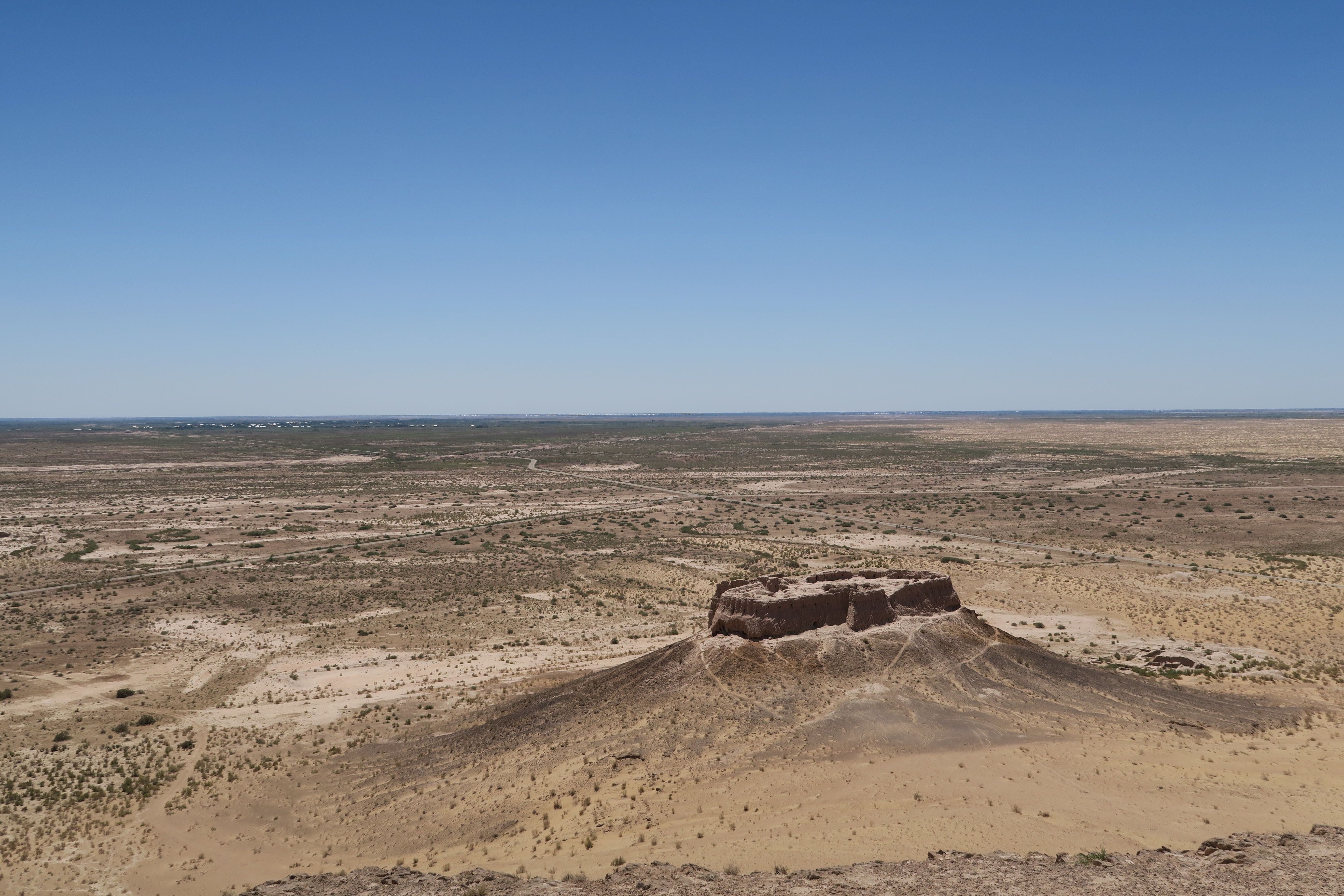
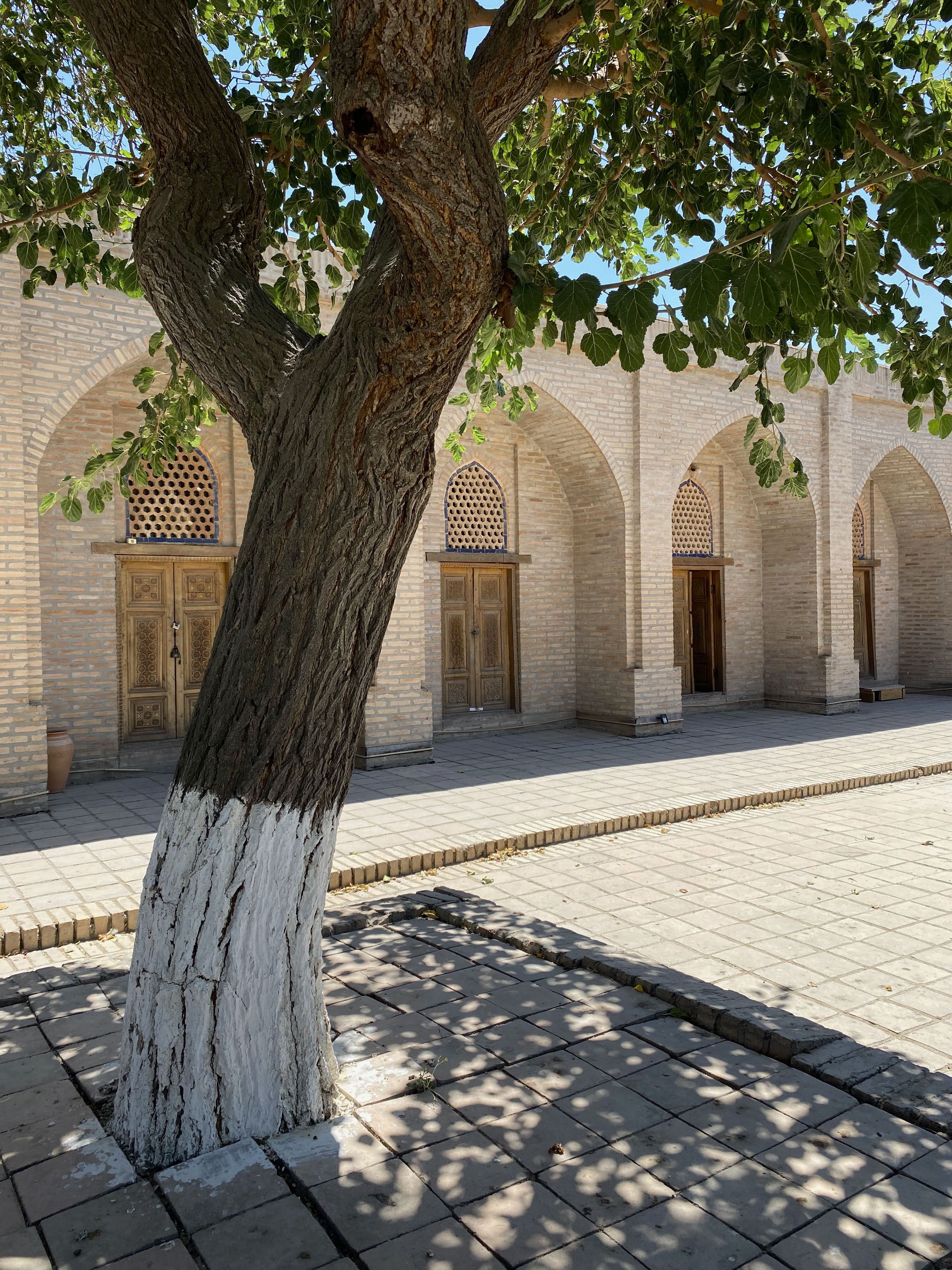
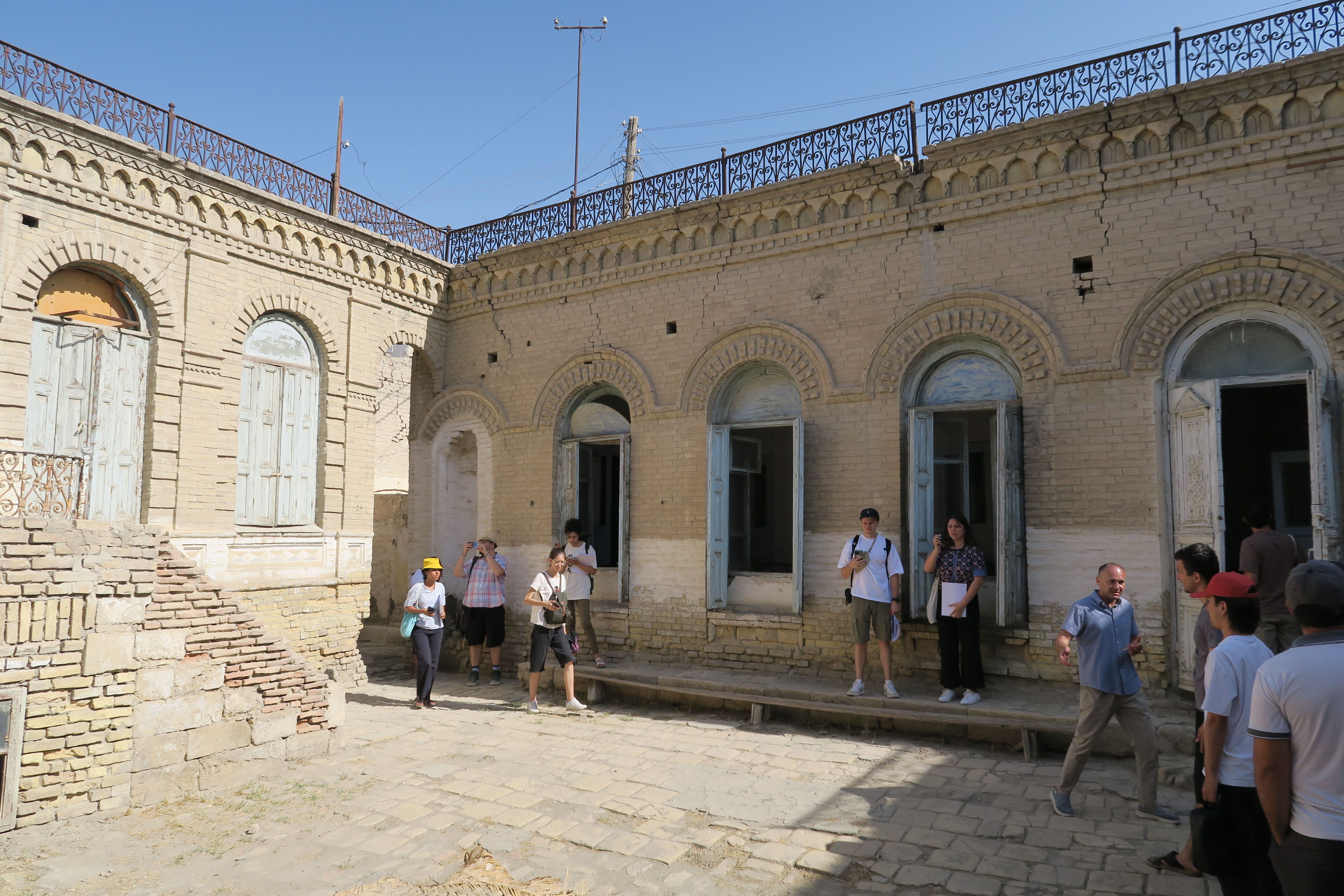
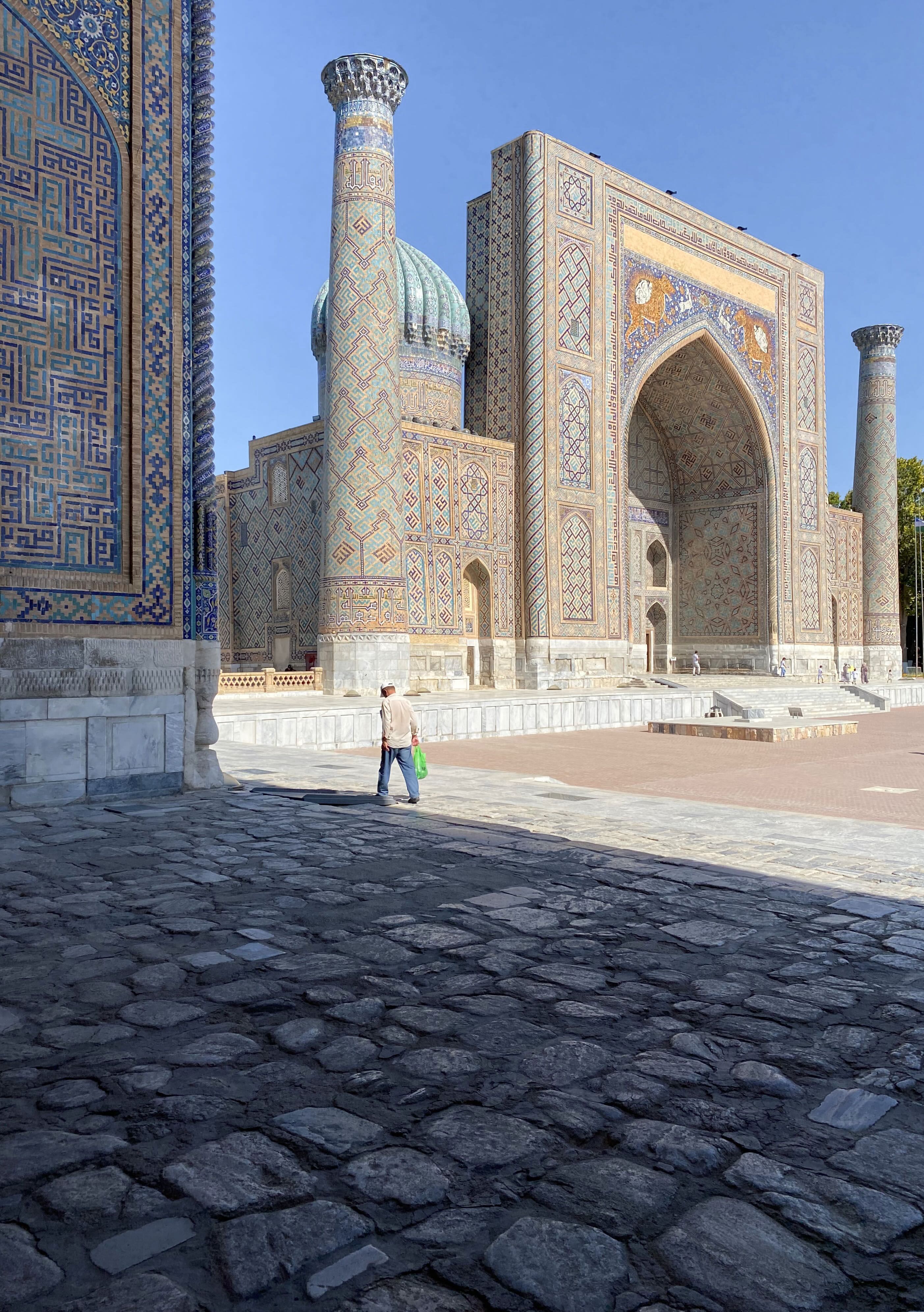
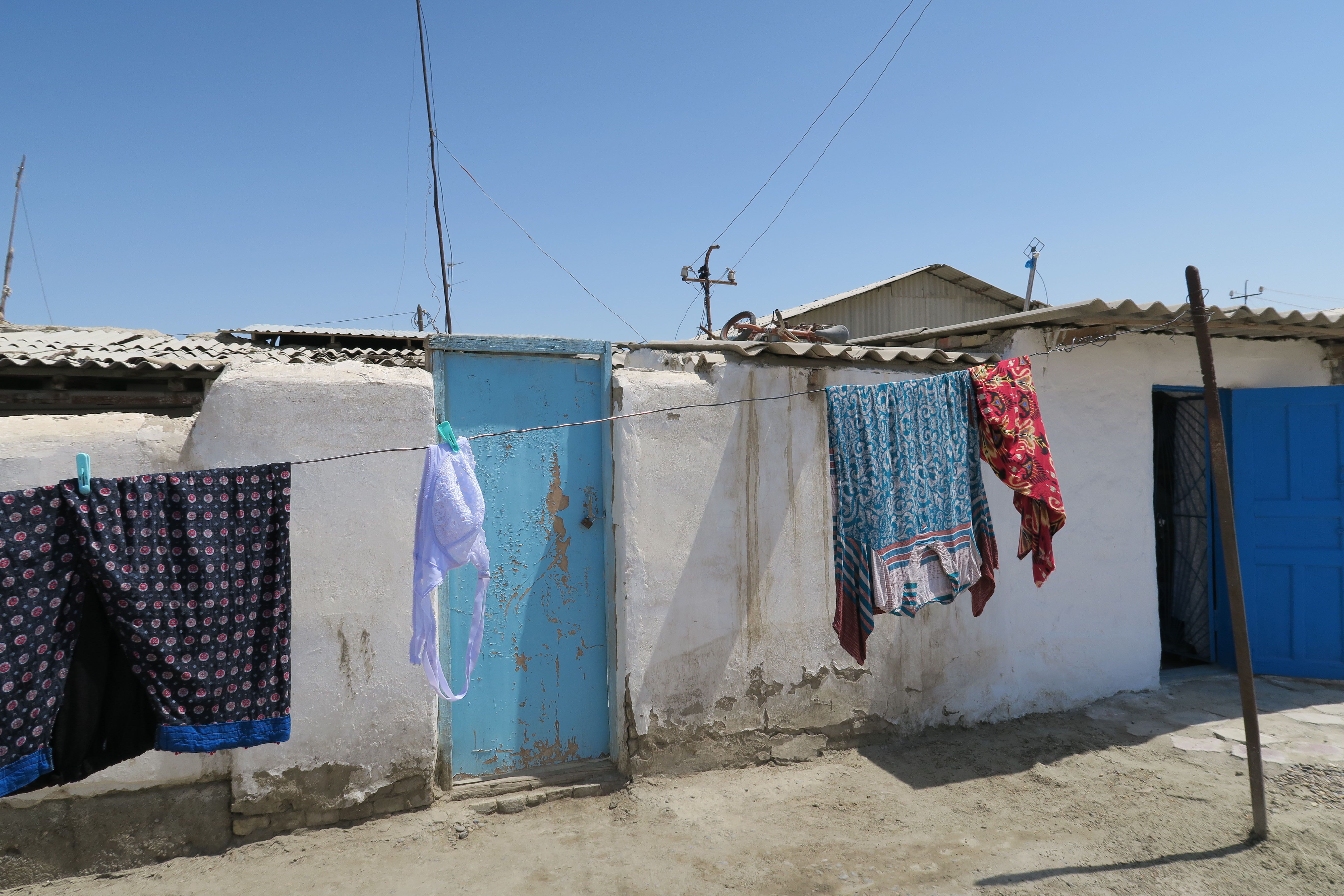
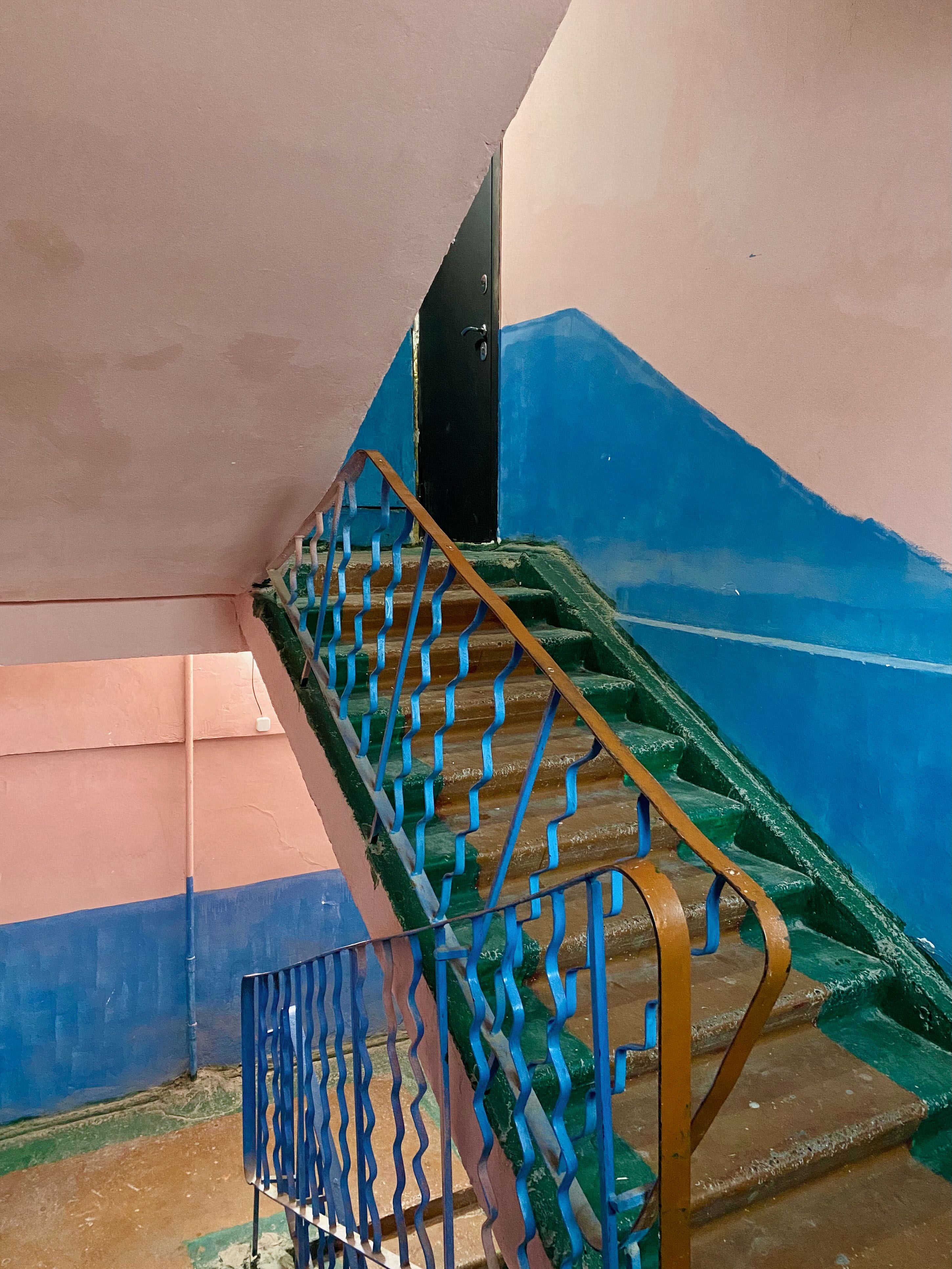


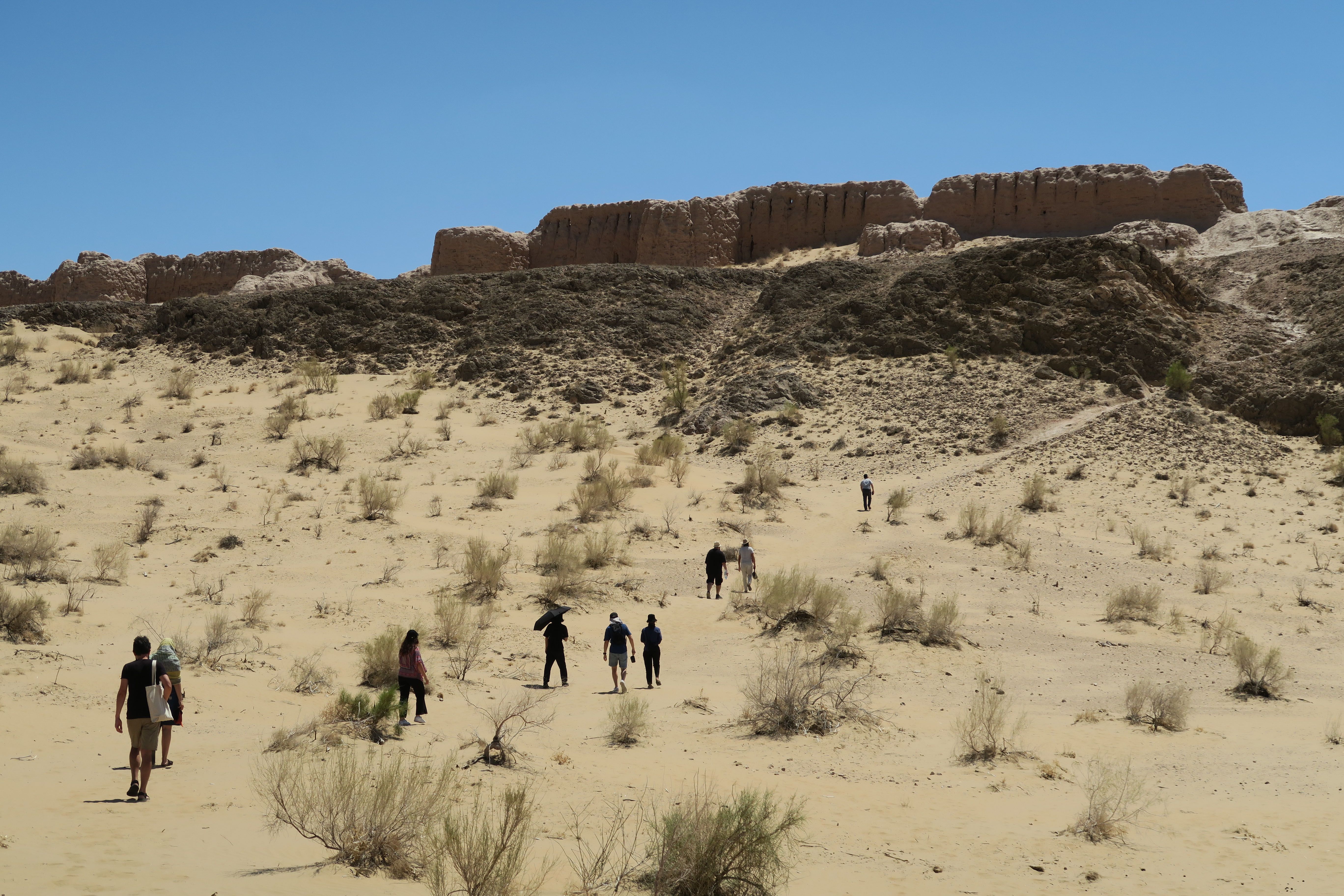
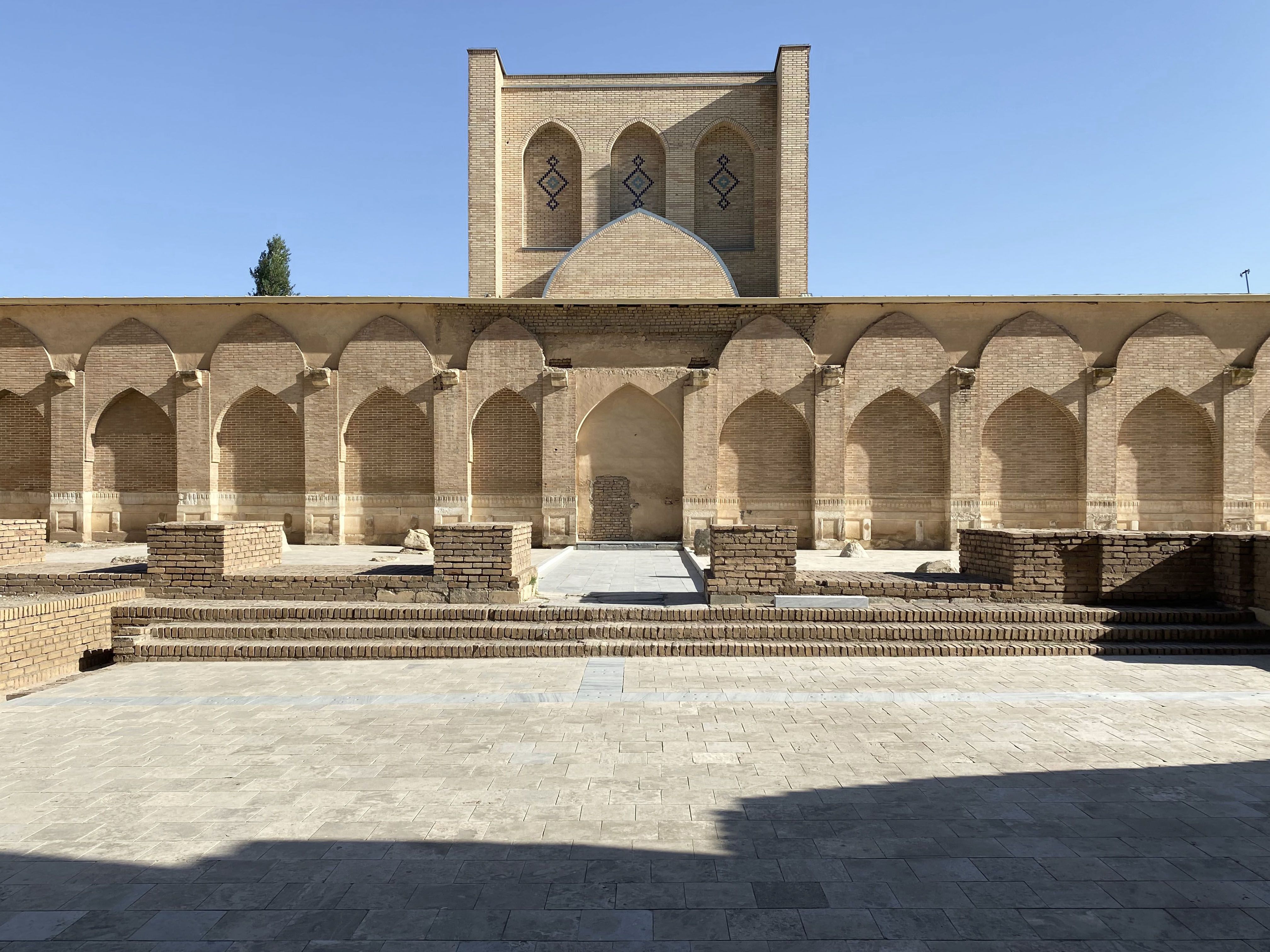

A land of deserts and steppes, Uzbekistan lies in the heart of Central Asia along what was once known as the “Silk Road”, a network of busy trade routes that linked East and West for two thousand years. Its territory, stretching from the western slopes of the Alaj massif to the shores of Lake Aral, has been inhabited since ancient times and over time has witnessed the alternation of different populations and cultures from Iran, Mongolia and Turkey. In the 19th century, the region was subject to tsarist military expansion, until it was integrated as a colony into the Russian Empire. After the Bolshevik revolution, the Socialist Republic of Uzbekistan was born in 1924, which became one of the republics of the USSR until 1991. Today, Uzbekistan, which bears tangible traces of this rich cultural stratification, is undergoing a profound phase of economic growth and transformation and is, at the same time, a key location for understanding and managing the water emergency on a planetary scale. Starting from these premises, WISH sought to investigate the relationship between possible new housing models, the effects of climate change and the local economy, investigating, through the project, the subtle balances between man and the environment. The work focused on the urban area of Bukhara, including the districts of Zhondor and Kogon. Bukhara represents an extraordinarily stimulating reality with respect to the 'stratification' mentioned above: from its extensive historical city, a UNESCO protected heritage site, to the extensive suburban sprawl areas built mostly in the Soviet era, to a series of satellite districts, which participate concretely in its economic and social life. Thanks to the active support of the partner universities, which guided WISH in the identification of the twelve project areas - one for each participating student – through the lens of Bukhara, it was possible to build an interesting cross-section of Uzbek society and actively reflect on what it means to design housing in this territory today. We thus discovered the importance that the mahallas typology still holds within the common idea of living and dwelling; we understood the legacy of Soviet-era serial construction and the urgency of questioning ourselves on how to improve this immense real estate stock, which is approaching its end of life; we appreciated the care of public space and the relevance of thinking about housing design in the perspective of building new, lively pieces of the city.

- 1.Xo’ja Bulg’or ko’chasi
- 2.Piridastgir ko’chasi
- 3.Paxtakor ko’chasi, Jondor
- 4.4K191, Jondor
- 5.Mahmud Torobiy ko’chasi, Jondor
- 6.Elobod ko’chasi, Kogon
- 7.Buxoro shoh ko’chasi, Kogon
- 8.Vobkent ko’chasi
- 9.Oxangaron ko’chasi
- 10.Beyneu–G’uzor Avtotrassasi
- 11.Do’stlik ko’chasi, Kogon
- 12.Namozgoh ko’chasi
Edition realized by
Martino Pedrozzi, Professor Vincenzo Tuccillo, Assistant
In collaboration with
- Tashkent University of Architecture and Civil Engineering
- Bukhara Institute of Engineering and Technology
Invited Critics
Raffaele Marone Felix Wettstein
Workshop
in Bukhara
10–24 July
in Mendrisio
25 July–25 August
Presentations
in Mendrisio
- Rocco Rante, “The Oasis of Bukhara: history of water and people” 26 April 2023
- Philipp Meuser, “Tashkent – Open-Air Museum of Soviet Mass Housing” 08 May 2023
- Attilio Petruccioli, “Bukhara. Reading of building types and urban fabrics” 22 May 2023
in Uzbekistan
- Lectures at Tashkent University of Architecture and Civil Engineering
- Lectures at Bukhara Institute of Engineering and Technology
Visits
in Uzbekistan
- Tashkent Soviet experimental housing blocks
- Samarkand’s historical center and its most significant buildings
- Bukhara’s historical center and its most significant buildings
- Khiva’s historical center and its most significant buildings
- Moynaq to observe the shrinking of the Aral Sea